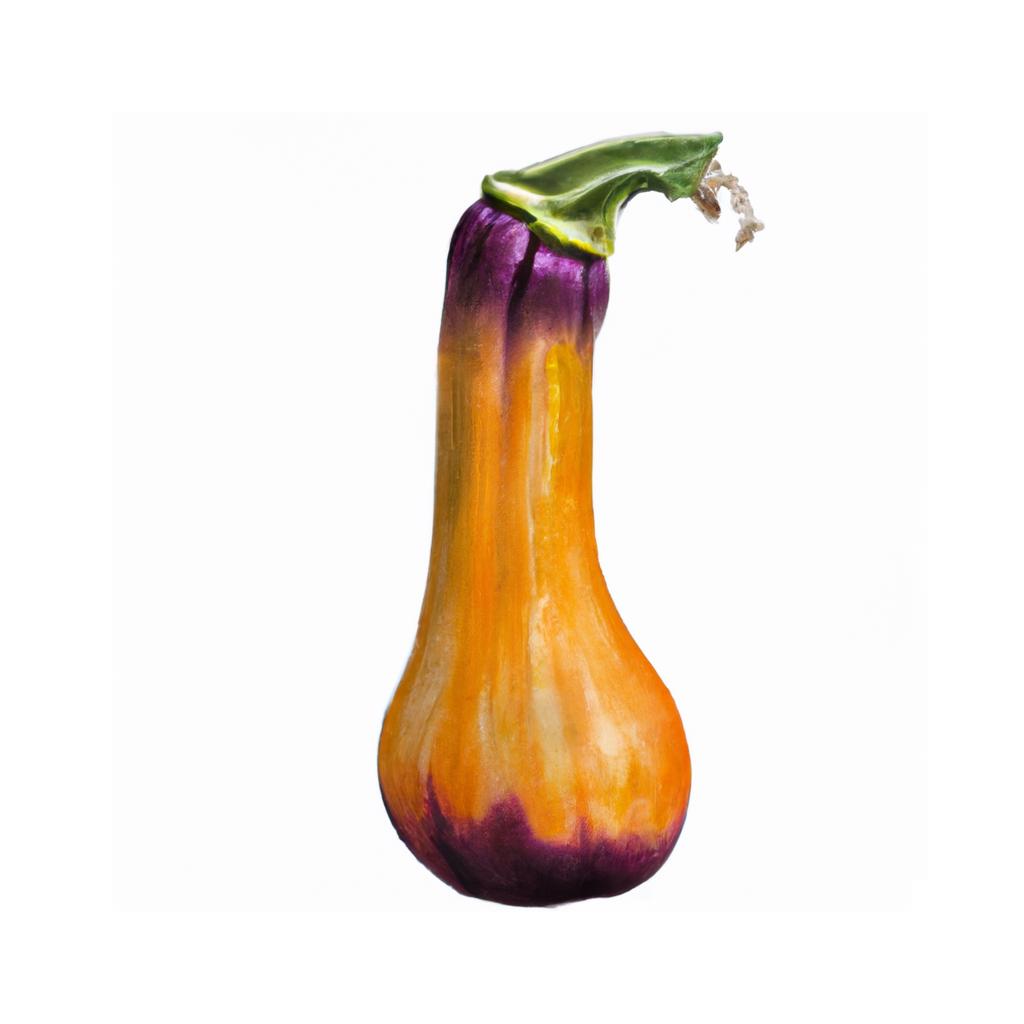
Butternut squash, scientifically known as Cucurbita moschata, is a popular winter squash known for its sweet and nutty taste. It has a beige, bell-shaped exterior and a deep orange, fleshy interior filled with seeds. Although technically a fruit, it is commonly treated as a vegetable in culinary applications.
The butternut squash is native to Central and South America and was cultivated by Indigenous peoples for thousands of years before Europeans arrived. In fact, squashes like the butternut were part of the 'Three Sisters' agricultural system used by Native Americans, which involved growing corn, beans, and squash together in a mutually beneficial arrangement.
When it comes to nutrition, butternut squash is a powerhouse. It is rich in vitamins A, C, and E, potassium, and fiber. It is also a good source of antioxidants, such as beta-carotene, which promotes healthy eyes and skin. Its low-calorie content and versatility make it an excellent option for various diets.
In the kitchen, butternut squash can be prepared in numerous ways, including roasting, boiling, sautéing, and even microwaving. Due to its natural sweetness, it pairs well with warm spices like cinnamon, nutmeg, and cloves. It can be incorporated into soups, salads, pasta dishes, or simply enjoyed on its own as a side dish. One popular preparation method is to roast the squash with a drizzle of olive oil and a sprinkle of salt and pepper.
This is advice is most applicable to growers in the UK, you may need to adjust the timings if you live somewhere with a different climate and/or seasons.
| Month | Tasks | Advice |
|---|---|---|
| January | - | - |
| February | Start seeds indoors, | Sow seeds indoors, 2-3 seeds per pot. Keep them in a warm, bright location. |
| March | Continue growing seeds indoors, | Keep seedlings in a warm, bright location and water regularly. |
| April | Harden off seedlings, Plant out seedlings, | Gradually harden off seedlings outdoors for about a week before transplanting them into well-prepared soil in a sunny location. Space plants about 90 cm apart. |
| May | Water regularly, Mulch, Support vines, | Water regularly and provide a thick layer of mulch to help retain moisture. Provide support for vines if needed. |
| June | Continue watering and mulching, | Maintain regular watering and mulch as needed. Monitor vine growth and provide support if necessary. |
| July | Monitor vine growth, | Monitor vine growth and adjust support if needed. Lightly prune if vines become too dense. |
| August | Monitor and adjust support, | Ensure vines have adequate support and adjust as necessary. Watch for signs of ripening. |
| September | Harvest ripe squash, Cure squash, | Harvest squash when the rind is hard and the stem begins to dry. Leave a portion of the stem attached to prevent rot. Cure squash in a warm, dry area for 10-14 days to improve storage life. |
| October | Continue harvesting and curing, | Harvest any remaining squash and cure them as needed. Store in a cool, dry place. |
| November | - | - |
| December | - | - |